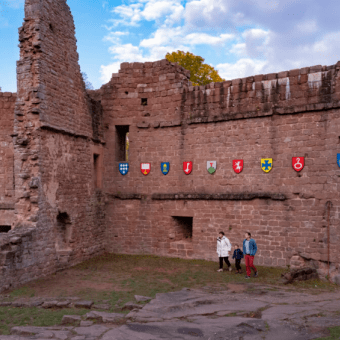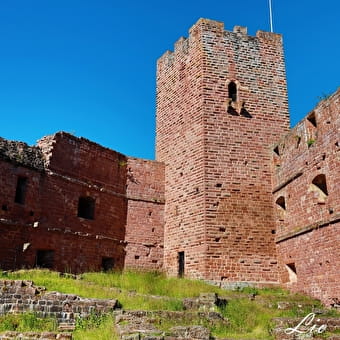
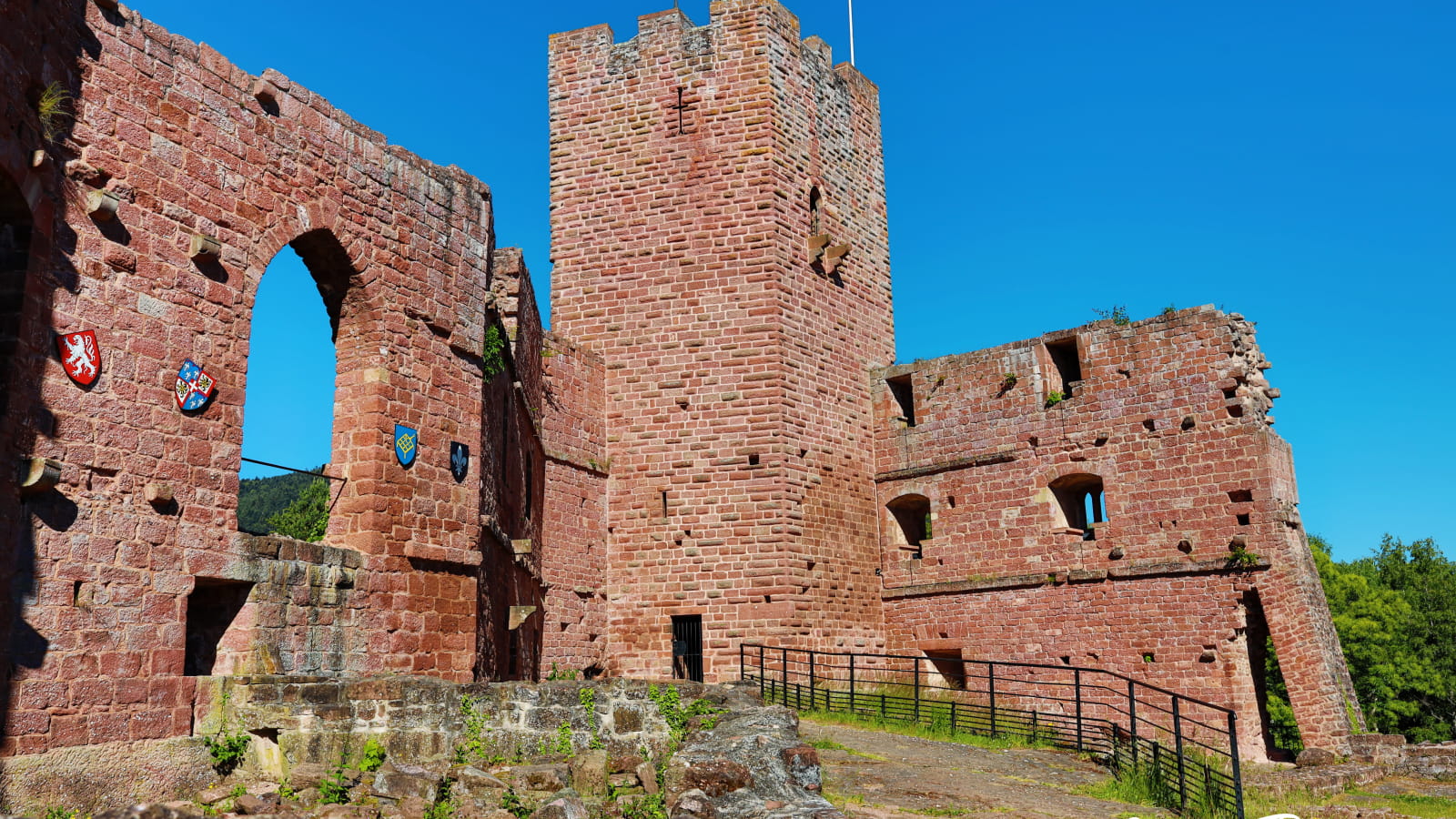
Castle of Wangenbourg
WangenbourgA remarkable fortified castle
Set in an enchanting natural setting, Wangenbourg is a village combining greenery and heritage. Discover the charm of its 13th-century castle, combining the remains of dwellings and fireplaces. Located in the heart of the largest massif in the Vosges, its tranquillity in a setting of mountains and forests combined with its history will leave you with some of the most pleasant memories.
Geographical locationLet yourself be tempted by Wangenbourg Castle in the attractive village of Wangenbourg-Engenthal. Come and discover the 13th-century remains on a rocky promontory, accessible from the village via a narrow path. The structure adapts to the irregular layout of the land, and you'll see to the north and west that it is bounded by deep valleys whose steep slopes serve as its natural defences. Like many of the châteaux in Alsace, its rugged, massive and abrupt appearance sets it apart from the châteaux of the Loire.
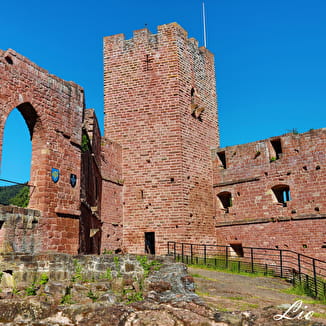
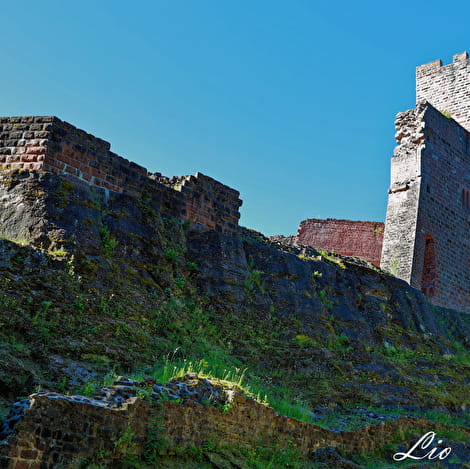
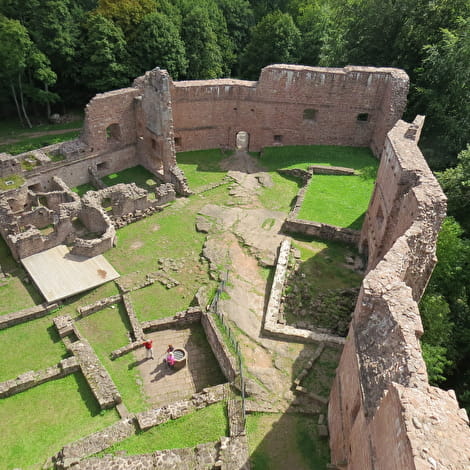
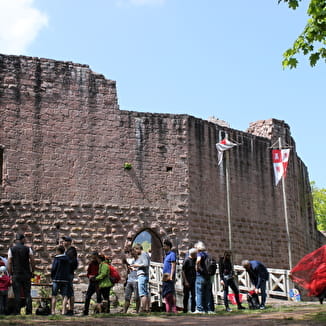
The Wangen story
First mentioned in the 13th century, Wangenbourg castle was not named Wangenberg until two centuries later, as it belonged to the Wangen family. Wangen is a celtic derivative of Gwaneg, which gave Wang, meaning the grassy slope of a mountain. The estate belonged to the abbey of Andlau, of which the Wangens were vassals. The castle's development was closely linked to that of the family. Up until the 14th century, the Wangens enjoyed a period of social ascendancy, before seeing their fortunes decline in the 16th century. The castle eventually lost its defensive and residential purpose, and was finally listed as a historic monument in 1898.
ArchitectureOnce at the castle, you will first see the ramparts in the form of a polygonal enclosure. Surrounding this is a dry moat and a bailey containing the remains of domestic buildings. Then enter the ruins through a pointed-arched gateway and, if you look up, you can see a former Gothic-style dwelling on the north-west wall, of which only the cushioned windows remain today.
The keep rises to a height of 24 metres, giving you a view of the vast expanses of forest surrounding the castle. Inside the castle, the few remaining vestiges are from the 16th-century reconstructions, such as Georg de Wangen's dwelling on the north-west front and Hartmann de Wangen's chimney on the south front.


